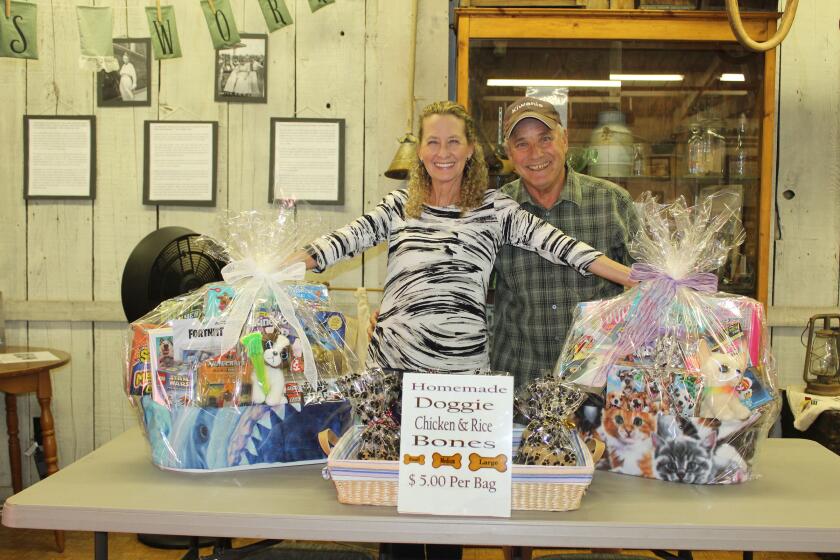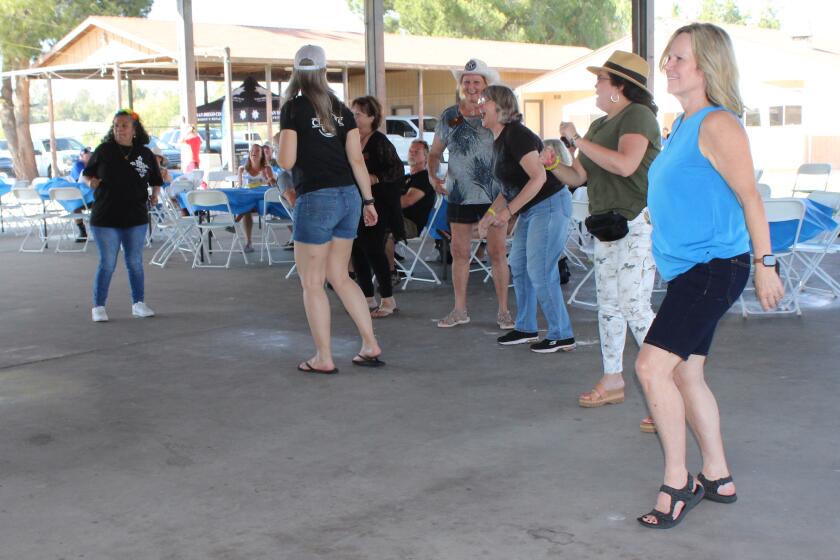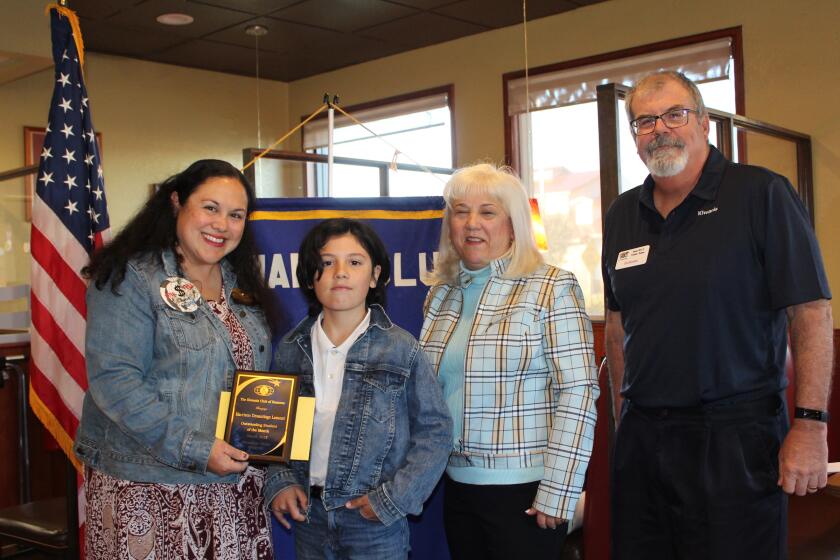Barona Museum educator strives to preserve Native American culture
By Karen Brainard
In an informative and entertaining presentation, O’Jay T. Vanegas, museum educator of the Barona Cultural Center and Museum, told members of the San Vicente Valley Club how the history, culture, and traditions of the Barona people are being preserved.
The museum, located on the Barona Indian reservation, contains about 22,000 pieces that focus on the indigenous
lives and perspectives of the Barona Band of Mission Indians and Southern California Native American community members.
At the Valley Club’s most recent meeting, Vanegas said the Kumeyaay/Diegueño language—‘Iipay Aa—is difficult to learn.
“Our language is very, very important to the Barona people,” he said. “We do everything we can to preserve the language. It has all these different sounds.” He counted in the language to give examples.
The museum offers language programs, as well as classes on pottery and basket weaving.
Classes also focus on teaching Barona youth about their heritage, and that includes games and music. The museum educator said many people think that the Barona Pow Wows demonstrate the instruments and singing of all Native American groups.
“That’s not true,” he said. “Every group has a different type of instrument and different types of songs that are associated to their people.”
Barona is in an area where the “birdsongs” are important and are sung with a rattle—a gourd filled with seeds that is attached to a handle. For children, birdsongs are important because they provide a link to their true identity, he said.
“So the kids really like it,” said Vanegas, adding that they think it’s cool to be a bird singer.
The songs, he said, are based on the history and migration stories of the people.
“A song could be like a word to a sentence. And so when you start adding the songs in a particular order, you’re building that sentence,” explained Vanegas.
Noting that he sings birdsongs of Palm Springs, Vanegas performed the “Hummingbird Song,” accompanied by the rattle.
Vanegas also exhibited many artifacts and historical items used by the Barona tribe, including a variety of baskets, pottery, and tools.
He explained how much work and patience went into the baskets, from collecting the fibers to weaving them together. One basket could take days to make, he said.
When members of the Valley Club asked if the baskets were only made by women, Vanegas said some men probably made baskets.
“I think the more skills you possessed, the more valuable you were to your family, because ultimately it’s about the survivability of your family,” he said.
Yucca fiber was important to the culture, he said, displaying a pair of yucca sandals. All kinds of nets were also produced from yucca fibers.
“There’s so many different applications for that fiber,” he said.
Holding up a skirt made of mesquite bark, Vanegas humorously observed, “Personally I think the yucca fiber would be a little bit softer than this. But this is what they had.”
The Barona Cultural Center and Museum at 1095 Barona Road on Lakeside is open Tuesdays through Fridays, from noon to 5 p.m. and Saturdays from 10 a.m. to 4 p.m. For more information, see baronamuseum.org or call 619-443-7003, ext. 219 .
In addition to artifacts, some dating back 10,000 years ago, the museum showcases maps and treaties of ancient tribal territories, interactive displays of Kumeyaay/Diegueño life, and listening alcoves featuring sounds and songs of ancient Native American life.




